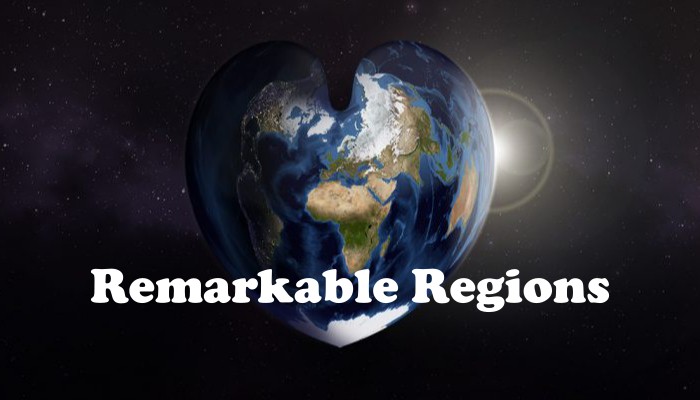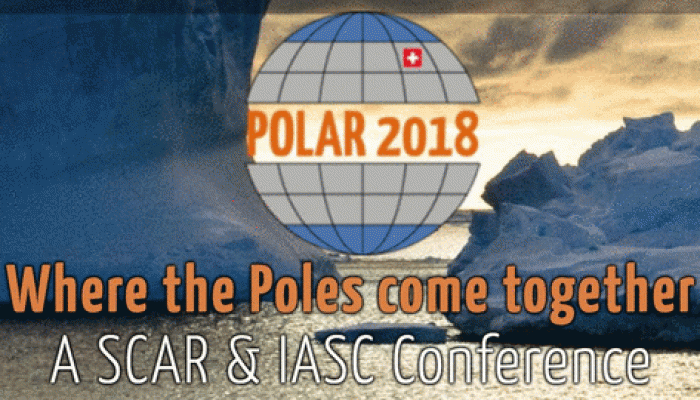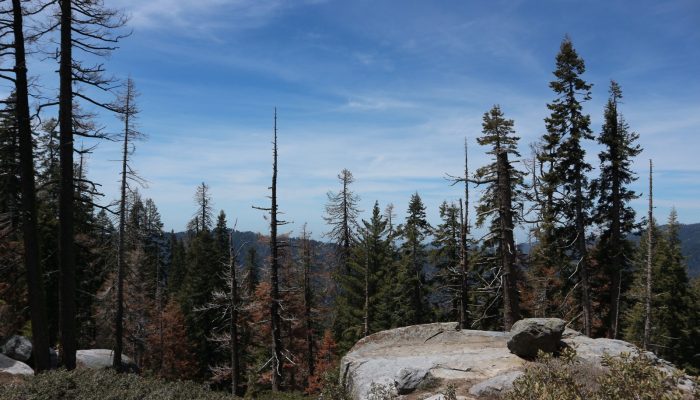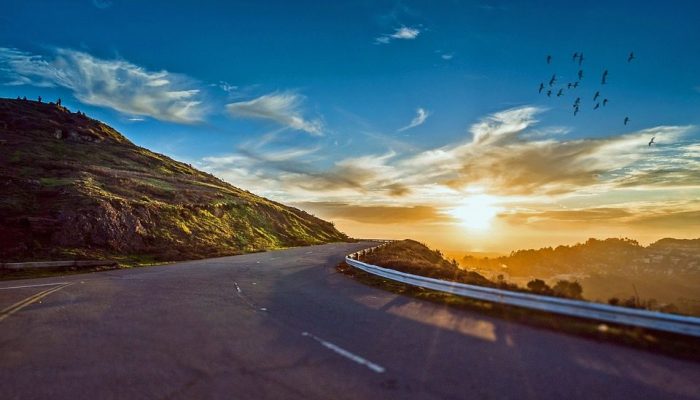Every 8 weeks we turn our attention to a Remarkable Region that deserves a spot in the scientific limelight. After looking at several convergent plate boundaries, this week the focus lies on part of a nascent divergent plate boundary: the Kenya Rift. The post is by postdoctoral researcher Anne Glerum of GFZ Potsdam. Of course an active continental rift is worthy of the title “Remarkable Region”. A ...[Read More]
Cryospheric Sciences
What’s on at POLAR18?
Next Tuesday (19th June) the POLAR18 Open Science Conference kicks off in Davos, Switzerland. We have put together a quick guide about events that might be of interest to you during the week! Conferences are about the science, of course, but the social side is just as important :) What is POLAR18? The eagle-eyed among you will have spotted that the POLAR18 conference is, in fact, a collection of d ...[Read More]
Cryospheric Sciences
Image of the Week – Icy expedition in the Far North
Many polar scientists who have traveled to Svalbard have heard several times how most of the stuff there is the “northernmost” stuff, e.g. the northernmost university, the northernmost brewery, etc. Despite hosting the four northernmost cities and towns, Svalbard is however accessible easily by “usual-sized” planes at least once per day from Oslo and Tromsø. This is not the case for th ...[Read More]
Geodynamics
The art of the 15-minute talk
We’ve all attended conferences with those dreaded 15-minute talks and we have no problem picking out which talks were amazing and which talks were abysmal. However, when it comes to our own talks, it’s hard to judge them, find out how they can be improved or break away from long-established habits (such as our layout or talking pace). This week, Matthew Herman, postdoc at the Tectonoph ...[Read More]
Climate: Past, Present & Future
Levoglucosan, the witness of past fires
Name of proxy Levoglucosan Type of record Biomass burning Paleoenvironment Lake and marine sediments and ice cores Period of time investigated Present to approximately 130,000 years ago How does it work? Levoglucosan is a molecule that is exclusively formed during the combustion of vegetation at low-temperature. It is therefore considered to be a source-specific tracer for biomass burning. During ...[Read More]
Natural Hazards
Fantastic grants and where to find them, part 1.
At some point in your career, usually, sooner than later, you will need to write a grant proposal to ensure yourself a paid research position. Funding agencies are out there waiting to receive your great and original ideas and possibly grant you some money to transform these ideas into actual science. One can spend an entire day just researching on the internet the best funding scheme. To h ...[Read More]
Cryospheric Sciences
Image of the Week – Polar Prediction School 2018
Early career scientists studying polar climate are one lucky group! The 29 young scientists who took part in the 10 day Polar Prediction School this year were no exception. They travelled to Arctic Sweden to learn and discuss the challenges of polar prediction and to gain a better understanding of the physical aspects of polar research. The Year of Polar Prediction The Year of Polar Prediction (YO ...[Read More]
Geodesy
Have a colleague who does outstanding work? – Nominate them for an EGU Award or Medal!
Congratulations again to Sara Bruni for receiving the Geodesy Division Outstanding Early Career Scientist Award 2018! A summary of her research on new findings in the gravity field time series from Medicina is posted below. Maybe you know an Early Career Scientist who does as outstanding work as Sara Bruni does? Nomination is the first crucial step in order to receive an award, don’t let this oppo ...[Read More]
Tectonics and Structural Geology
Mind Your Head #1: Let’s talk about mental health in academia
Mind Your Head is a blog series dedicated towards addressing mental health in the academic environment and highlighting solutions relieving stress in daily academic life. Research has shown that almost 50% of people working in academia suffer from mental health issues (e.g. Winefield et al. 2003; The Graduate Assembly at the University of California Berkeley 2015; Levecque et al. 2017). Factors li ...[Read More]
Stratigraphy, Sedimentology and Palaeontology
EGU’s lost strata… what happens to conference carpets?
Being a stratigrapher or not, there’s one stratum you have all trod upon if you ever went to the General Assembly (GA), without probably noticing it. The uppermost unit of EGU’s GA floor, a ca. 5 mm thick layer with a soft rubbery texture and peculiar light-grey colour, outcropping over the whole poster halls: Carpet! Yes, the focus of this post is the carpet draping the GA’s floor wit ...[Read More]








